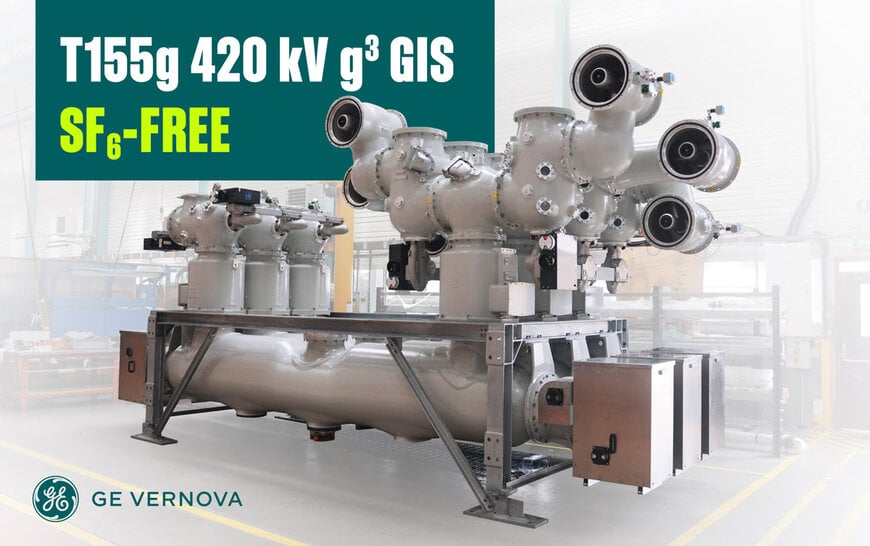www.industryemea.com
23
'25
Written on Modified on
GE Vernova to advance Norway’s grid decarbonization with SF₆-free technology
GE Vernova will deliver two SF₆-free 420 kV substations in Norway using g³ technology, supporting grid modernization, decarbonization, and Melkøya Island electrification by 2029.
www.gevernova.com

GE Vernova will deliver two SF₆-free 420 kV gas-insulated substations (GIS) in Norway, using its g³ technology to cut greenhouse gas emissions. These substations aim to modernize the national grid, boost capacity, and support the electrification of Melkøya Island, home to Equinor’s Snøhvit gas field and Hammerfest LNG plant. The project showcases.
GE Vernova's g³ as a leading, widely adopted SF₆-free solution for high-voltage switchgear up to 420 kV. GE Vernova Inc. announced the forthcoming deployment of two high-voltage 420 kV sulfur hexafluoride - free (SF6-free) gas-insulated substations (GIS) for Statnett SF, Norway’s Transmission System Operator (TSO), and Equinor ASA. Awarded in the fourth quarter of last year, the contract covers the design, supply, and installation of GIS units at Skaidi and Hyggevatn as part of Statnett’s 420 kV transmission line project—an important milestone supporting Norway’s energy transition and decarbonization effort.
The Skaidi substation involves upgrading the existing facility, while the Hyggevatn substation will be a completely new installation. Together, they aim to modernize Norway’s electrical grid, increase capacity, and electrify Melkøya Island, home to Equinor’s Snøhvit gas field and Hammerfest LNG plant. This initiative aligns with Statnett’s and Equinor’s commitment to achieving a sustainable energy transition while reducing greenhouse gas emissions.
The design of these next-generation substations will be based on GE Vernova’s g³ technology, which replaces SF₆ gas, a potent greenhouse gas commonly used in high-voltage equipment. The g³ technology is part of GE Vernova’s GRiDEA portfolio, a suite of decarbonization solutions that empower grid operators to meet their net-zero objectives. Launched in 2014, g³ gas shows an approximately 99% reduction in greenhouse gas contribution to global warming compared to SF₆, supporting the energy sector’s decarbonization goals.
Driving decarbonization of the grid across Europe
“This project in Norway is the latest of many contracts that we have signed for our new SF₆-free 420 kV T155g GIS since our first one in Scotland in 2020. GE Vernova’s g³ product portfolio has experienced strong commercial growth since the launch of our first SF6-free product, underscoring the trust placed in g³ by over 60 utilities in Europe and Asia,” said Eric Chaussin, Power Transmission Business Leader at GE Vernova’s Electrification segment. “This marks another important milestone in our journey to electrify and decarbonize the world’s grids. We are proud to support the climate ambitions of Norway.”
GE Vernova’s g³ technology roadmap covers a wide range of voltage levels, from 72.5 kV up to 550 kV. The EU Commission LIFE Programme recognized the potential of this innovative technology by co-funding the development of the SF₆-free 420 kV GIS interrupter under the "LifeGRID" project. The g³ technology is now enabling utilities to take immediate action to reduce the carbon footprint of their high-voltage power grids, supporting their decarbonization goals.
Statnett’s Skaidi and Hyggevatn substations are expected to become operational by 2029. GE Vernova has a track record of successful GIS Substations in Norway, including in Oslo Smestad, Sogn, and Hamang.
www.gevernova.com

